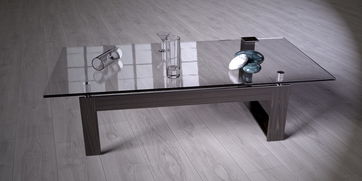In the realm of interior design and architecture, the display of furniture holds a pivotal position. It is not merely about arranging pieces of wood, metal, or other materials; rather, it is an art that involves showcasing the essence of aesthetics, functionality, and cultural heritage. The furniture display, therefore, becomes a window through which the world witnesses the fusion of creativity and craftsmanship.
The global furniture industry is vast and diverse, with each region contributing unique designs and styles. The display of these家具 varies from traditional to modern, reflecting the evolution of tastes and preferences over time. In a furniture showcase, one can find a plethora of pieces, each telling a story about the culture, history, and craftsmanship behind it.
In a retail setting, effective furniture display is crucial for attracting customers and converting them into sales. The display should be inviting, highlighting the unique features of each piece while maintaining a cohesive theme. The use of technology in furniture display has also increased significantly, with virtual reality and augmented reality becoming popular tools for showcasing furniture in different settings. This helps customers visualize how a particular piece would look in their own homes, thereby enhancing the overall shopping experience.
Moreover, sustainability has become a key aspect in the furniture industry. As environmental consciousness grows, manufacturers are focusing on using sustainable materials and creating designs that are not only aesthetically pleasing but also environmentally friendly. The display of such furniture should reflect this commitment to sustainability, highlighting the eco-friendly credentials of the products.
International furniture exhibitions and trade shows are platforms where the latest trends and innovations in furniture display are showcased. These events provide an opportunity for manufacturers, designers, and retailers to showcase their products to a global audience. The displays at these events are usually a blend of traditional and modern elements, reflecting the global influence on furniture design and manufacture.
Cultural influences on furniture display are also evident. Different regions of the world have their own unique styles and designs, which are reflected in the way they display their furniture. For instance, traditional Chinese furniture display emphasizes balance and harmony with the surroundings, while Scandinavian designs focus on simplicity and functionality. Understanding these cultural nuances is essential for creating effective displays that resonate with a global audience.
In conclusion, furniture display is not just about arranging pieces; it is an art that involves understanding culture, history, trends, sustainability, and customer preferences. As the world becomes more connected, the furniture industry is witness to a fusion of different styles and designs, which is reflected in the way furniture is displayed. Effective display techniques combined with innovative technologies are essential for attracting customers and converting them into loyal followers of a brand. Understanding cultural influences and incorporating them into the display adds a personal touch, making the overall experience memorable for the customer.











评论 (1)
发表评论